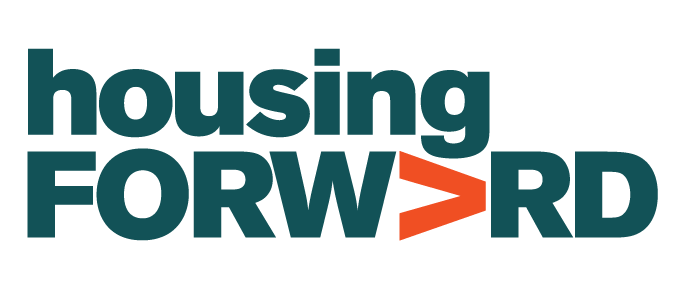HUD Releases New Data on Homelessness and Housing Instability

For the past 50 years, the U.S. Department of Housing and Urban Development (HUD) has been committed to serving our nation’s most vulnerable people. Today, these individuals and families are facing a challenge that is all too common. Communities across the country are experiencing a housing affordability crisis that has left too many people without a safe, stable home.
HUD and its federal partners continue to make progress in reducing homelessness, but sustained investment and focus is critical to making lasting progress. The report shows a nationwide decline of 6.3% in homelessness since HUD began tracking this information in 2007. While this reduction is substantial with more than 100,000 fewer people in shelter programs than in 2007, in the past year we have seen an increase of 4.6% in the number of people using shelter programs. This increase, however, occurred in conjunction with a 10% reduction in the number of people homeless at a point in time in unsheltered locations. This progress is attributable to the hard work of local homeless service providers nationwide. HUD and other federal agencies have continued to target resources and emphasize evidence-based interventions to support this work. As the national economy continues to improve, we must remember those nearly 1.5 million Americans with no place to call home and judge our nation’s prosperity by the number of Americans sleeping in shelters or on the streets.
This year, the AHAR includes complementary data, like the American Housing Survey and the U.S. Department of Education’s data, to paint a more complete picture of homelessness and housing instability for all populations, including children and families. These data play a critical role in helping the federal government, states, and local communities in reaching the goal to end homelessness. Comprehensive data are critical to understanding the need in our communities and the resources necessary to serve any person who is experiencing homelessness or housing instability. HUD values and takes into account whatever data is available to understand homelessness and encourages communities to do the same.
This report shows substantial progress toward ending a social wrong that deprives people of their full potential. Ending homelessness means more than providing a roof over people’s heads. It means giving people the opportunity to address their challenges in a stable and secure environment, providing families with a place to raise their children, and ensuring that our nation’s veterans can heal in their own home.
To access the full report, view the 2014 Annual Homeless Assessment Report: Part 2 - Estimates of Homelessness in the U.S.
For Media Inquiries Contact
Libby Foster
lfoster@housingforward.org
708.338.1724 ext 211



